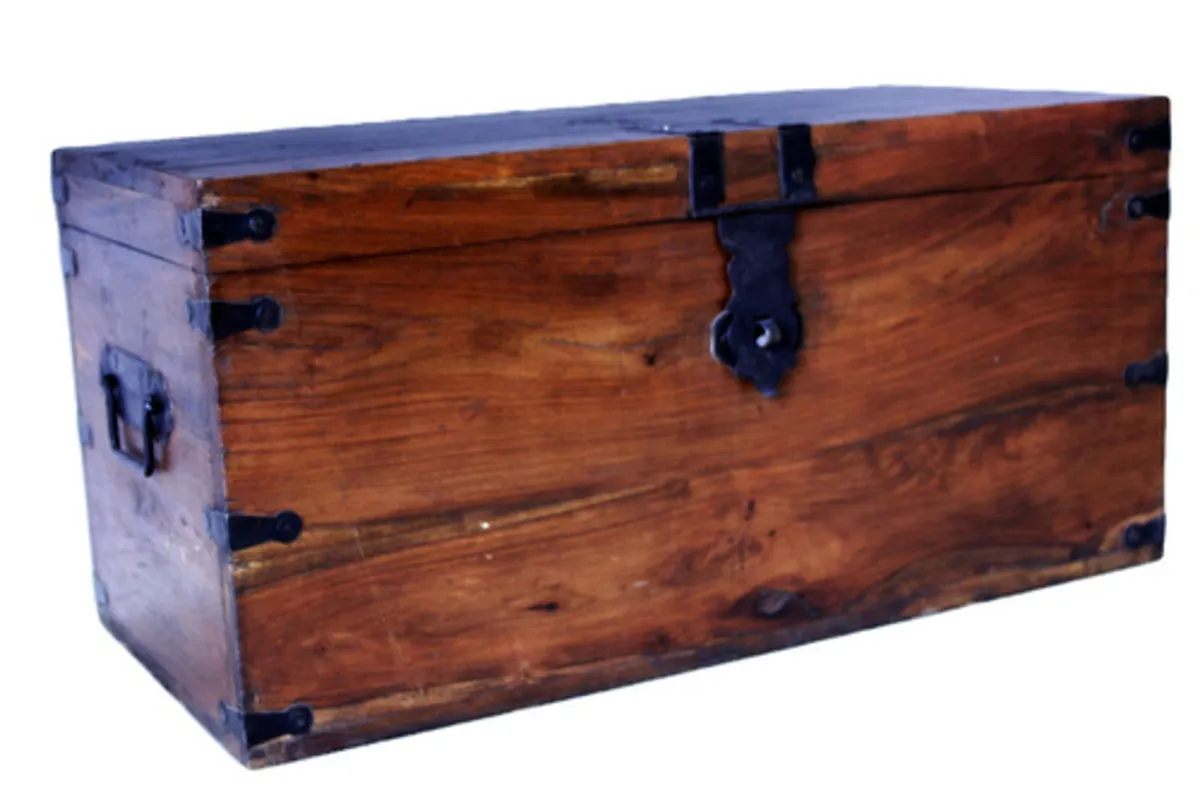The Allure of Medieval Kitchen Decor
Step back in time and transform your kitchen into a captivating medieval haven. Medieval kitchen decor evokes a sense of history, mystery, and rustic charm. It’s an aesthetic that celebrates the beauty of simplicity, the warmth of natural materials, and a connection to a bygone era. Whether you’re a history enthusiast, a lover of gothic design, or someone seeking a unique and inviting kitchen space, medieval decor offers a wealth of inspiration. This guide will provide you with everything you need to know to create your own stunning medieval kitchen, from the key design elements to the essential accessories. Get ready to embark on a journey that will transport you to a world of knights, castles, and culinary traditions.
Key Elements of Medieval Kitchen Design
Creating an authentic medieval kitchen involves understanding the core design principles that define the style. These elements, when combined thoughtfully, will capture the essence of the era. Consider the architectural details, the choice of materials, the furniture, and the overall ambiance. Focus on creating a space that feels both functional and evocative of a medieval setting. The goal is to design a kitchen that is both visually appealing and a practical space for cooking and gathering. Think about the castle kitchens, the warm and inviting atmosphere created by the use of wood, stone, and metal. The following sections will delve deeper into each of these aspects.
Color Palette & Material Selection
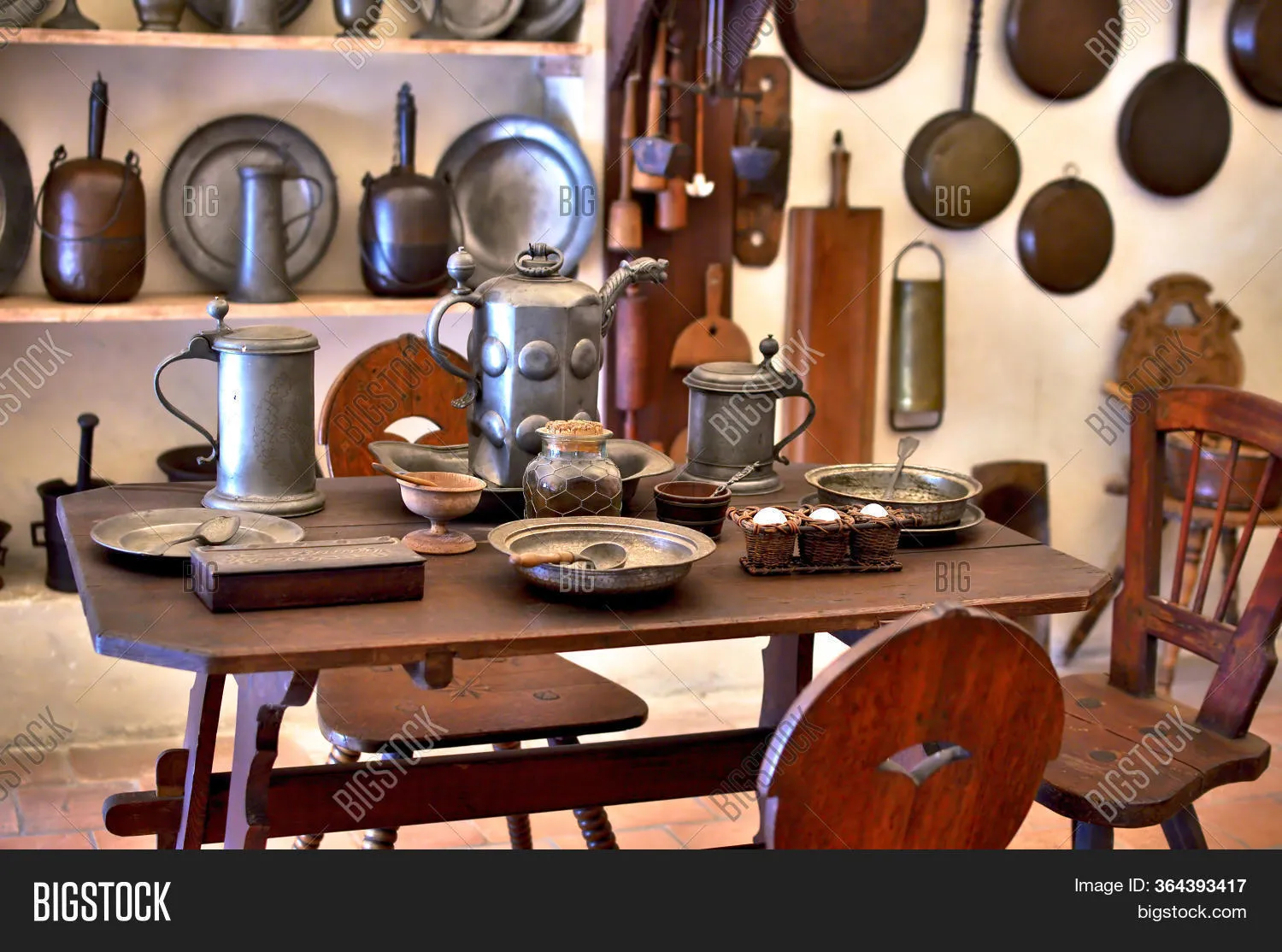
The color palette of a medieval kitchen is crucial for setting the mood. Think of the colors found in nature, such as deep greens, earthy browns, and warm terracotta hues. These colors, inspired by the natural world, will create a grounded and authentic atmosphere. The choice of materials is equally important. They must be sturdy, with an emphasis on natural materials like wood, stone, and metal. These materials bring a sense of durability and authenticity, creating a kitchen that feels solid and enduring.
Earthy Tones and Rich Hues
Embrace an earthy color palette that evokes the medieval era. Consider colors like deep greens, reminiscent of the forests surrounding castles, and rich browns, mirroring the wood used in furniture and structural elements. Terracotta tones add warmth, and touches of deep red and gold can create a luxurious feel, as seen in the tapestries and decor of the period. Incorporate these colors through paint, textiles, and accessories to create a cohesive and inviting space. Aim for a balance between warm and cool tones to achieve visual harmony. These colors will make your kitchen feel like an authentic medieval haven.
Natural Materials Wood, Stone, and Metal
Choose materials that reflect the practicality and durability of the medieval era. Wood, with its natural grain and warmth, should be a prominent feature, used for cabinets, tables, and beams. Stone, such as granite or slate, adds a sense of permanence and can be used for countertops or flooring. Metal, particularly wrought iron, is ideal for hardware, light fixtures, and decorative accents. These materials create a kitchen that feels strong, lasting, and in keeping with the spirit of the age. Make sure these elements create a functional and beautiful medieval kitchen. The contrast of stone with wood and metal creates an elegant atmosphere.
Furniture and Fixtures
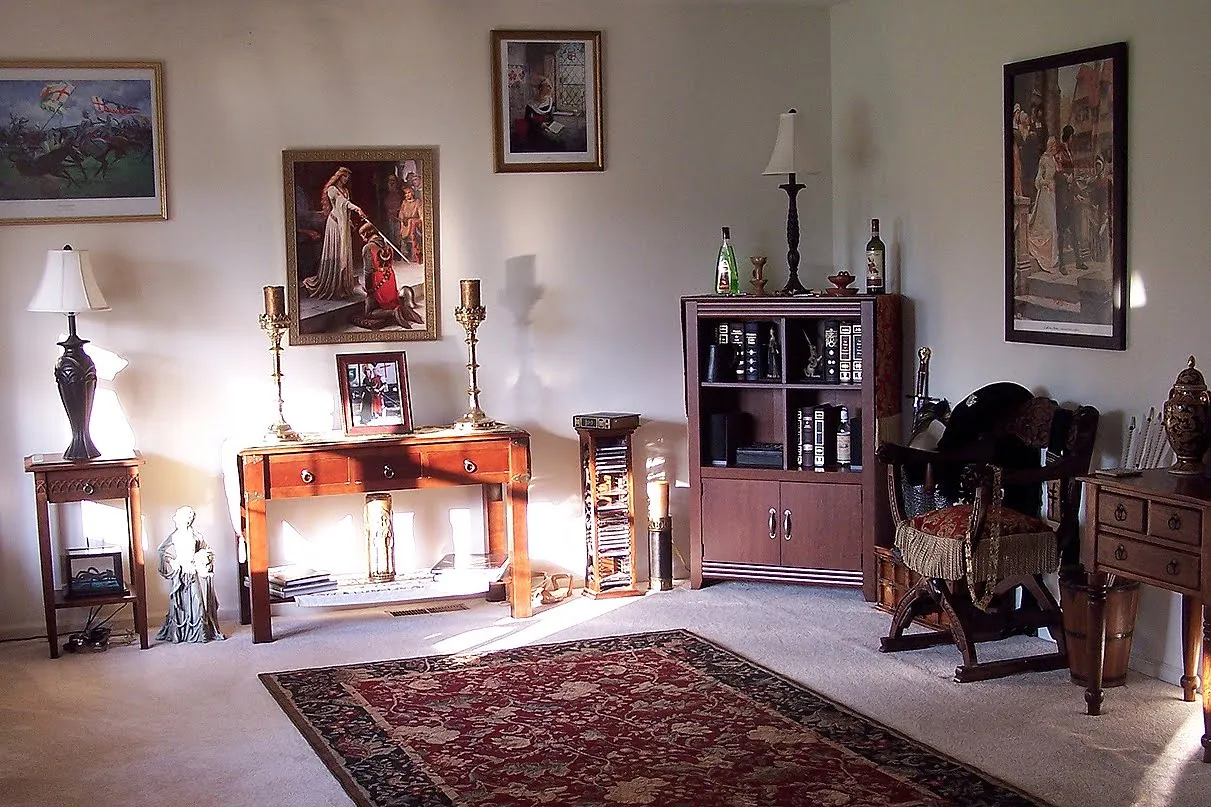
Furniture in a medieval kitchen should be simple yet sturdy. Tables made of solid wood and sturdy chairs will be essential. Think about the seating arrangement and ensure there is plenty of space for gatherings. The lighting is another essential element. Opt for fixtures that mimic the style of the period. Look for wrought iron chandeliers or sconces that cast a warm and inviting glow. This type of lighting evokes the ambiance of the medieval era, contributing to the overall feel of the space.
The Medieval Table A Centerpiece
The kitchen table is often the heart of a medieval kitchen. Choose a substantial wooden table that can accommodate family and guests. The table should be durable and reflect the style. Consider the table’s shape and size to fit the needs of the space. A large, rectangular table offers plenty of space for meals, while a round table encourages conversation. The table serves as a gathering space for family and friends, contributing to the kitchen’s atmosphere. The table can be a great centerpiece with all the decoration and essentials.
Choosing the Right Lighting
Lighting is critical in creating the mood of your medieval kitchen. To achieve this, install wrought-iron chandeliers or sconces to cast a warm, inviting glow. The goal is to ensure that your kitchen is well-lit and has a cozy and inviting ambiance. You can also consider using candles and lanterns to enhance the atmosphere. The light fixtures should be appropriate for a medieval setting. Dim lighting can add to the mystery and allure of the kitchen. Good lighting is important to create a medieval-themed kitchen.
Essential Decor and Accessories
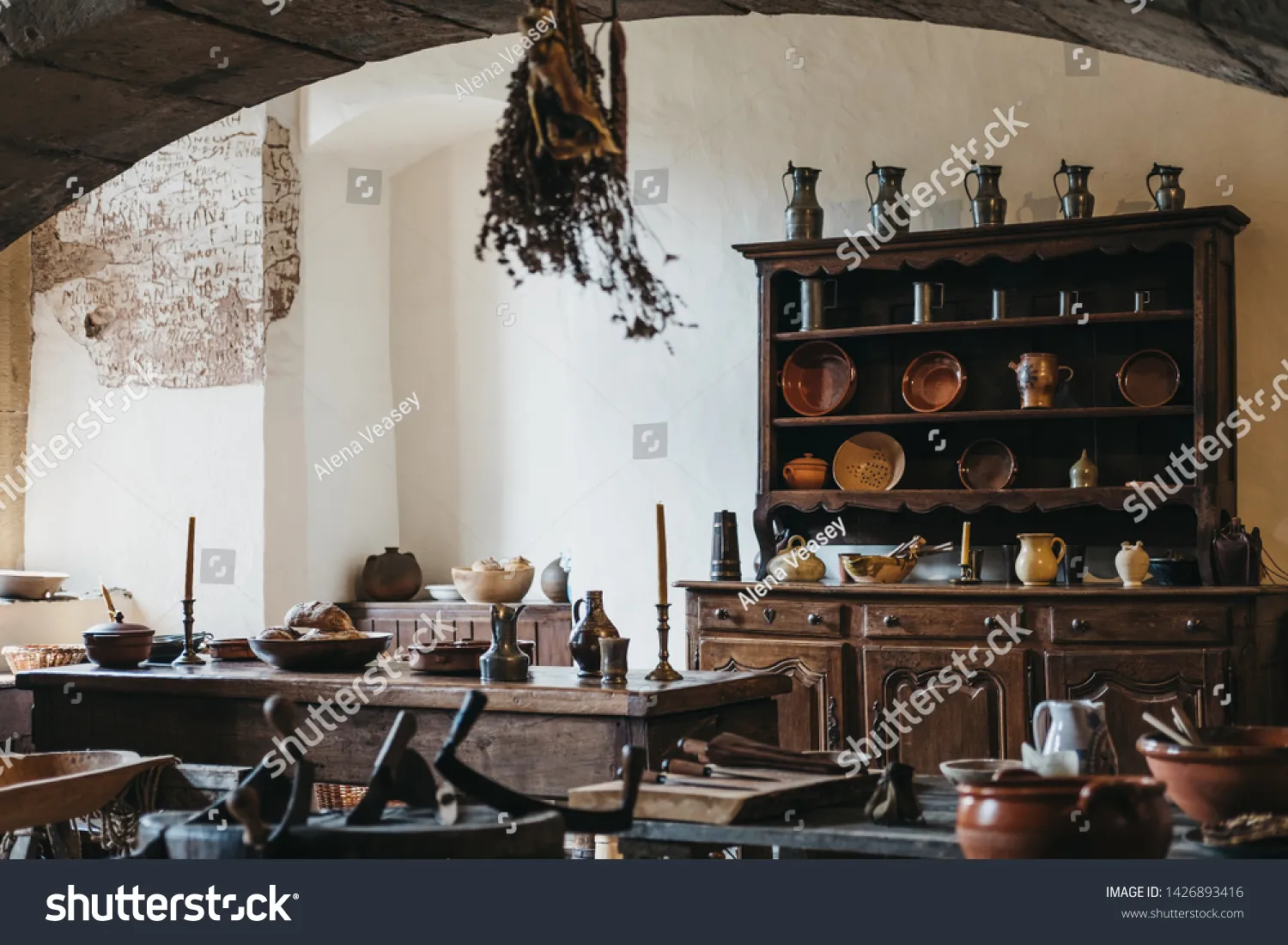
The right accessories will bring your medieval kitchen to life. Textiles, tableware, and other decorative elements add personality and charm. Displaying herbs, spices, and medieval-inspired art can further enhance the theme, creating a truly immersive experience.
Textiles and Fabrics
Textiles are essential for adding warmth and texture to your kitchen. Choose fabrics with rich colors and patterns reminiscent of the era. The most commonly used are linens and natural fibers with embroidered cloths. They can be used as tablecloths, curtains, or decorative accents. These textiles provide a touch of luxury and comfort. Think about incorporating tapestries and other decorative fabrics that will give a unique medieval feel. These fabrics add to the ambiance of the kitchen.
Embroidered Cloths and Tapestries
Embroidered cloths and tapestries are perfect for infusing your kitchen with medieval charm. Use embroidered cloths as tablecloths or runners on the table. Hang tapestries on the walls to create a visually stunning focal point. These textiles often depict scenes from daily life, historical events, or heraldic symbols, adding a layer of historical context to your kitchen. The more you use, the more the kitchen will feel authentic and inviting.
Choosing the Right Tableware
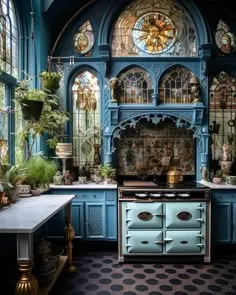
Tableware can significantly impact the medieval kitchen experience. Choose ceramic plates, bowls, and mugs with rustic or handcrafted designs. Metal utensils, such as iron or pewter, complement the aesthetic. These elements are essential to the ambiance. To make your guests feel as if they’re dining in the medieval period, all the items should have the appropriate style. It’s the details that make all the difference. Using appropriate tableware is another essential step to create an authentic medieval kitchen.
Ceramics and Metal Utensils
Ceramics and metal utensils are essential elements in creating a medieval kitchen. Opt for ceramic tableware that includes plates, bowls, and mugs with rustic and handcrafted designs. Metal utensils, such as iron or pewter, complement this aesthetic. Display these items on open shelves or in a wooden cabinet to create a rustic charm. These items give the kitchen an authentic feel and evoke a sense of history.
Adding the Finishing Touches
Once you have established the essential elements of your medieval kitchen, consider the finishing touches that bring it all together. Incorporating herbs and spices, and displaying medieval art will add personality and depth to your design. Small details such as these can make a big difference to achieve the authentic medieval decor.
Incorporating Herbs and Spices
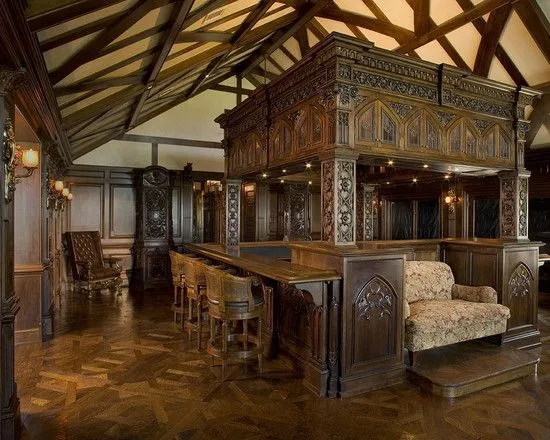
Herbs and spices played an essential role in medieval cuisine and they can contribute to your kitchen’s ambiance. Display fresh herbs, such as rosemary, thyme, and sage, in ceramic pots or wooden boxes. Store spices in decorative jars and label them with period-appropriate fonts or designs. These small details add visual interest and provide a fragrant and tactile experience that connects you to the medieval era.
Displaying Medieval Art
Medieval art can be incorporated to reflect the period’s artistic expression. Hang reproductions of medieval paintings or tapestries on the walls. Display medieval-inspired sculptures or figurines on shelves. These art pieces are important to creating a theme. You can also look for decorative items such as pottery and metalwork.
Maintaining the Medieval Aesthetic
Maintaining the medieval aesthetic in your kitchen is an ongoing process. By regularly incorporating these elements and being mindful of the details, you can create a space that truly captures the spirit of the era. It’s about staying true to the core design principles and adapting to the specific features of your space. This constant attention will ensure the long-lasting appeal of your medieval kitchen.
